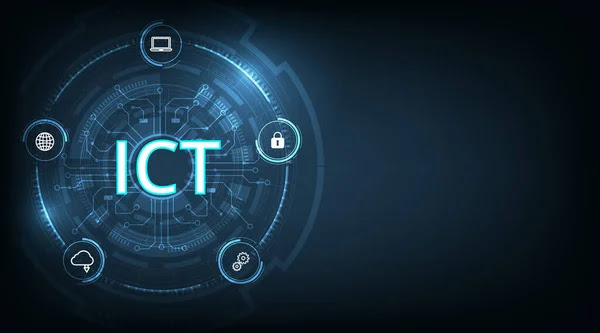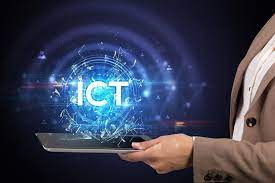Introduction: Smart Cities represent a paradigm shift in urban living, leveraging cutting-edge technologies to enhance efficiency, sustainability, and overall quality of life. In this exploration, we'll delve into the evolution of smart cities, examining the technological innovations driving their development and the impact they have on urban environments globally.
1. Defining Smart Cities: To understand the evolution of smart cities, it's crucial to define what makes a city 'smart.' Smart Cities integrate information and communication technologies (ICT) to optimize various aspects of urban life, including transportation, energy, waste management, and public services. These innovations are designed to make cities more efficient, resilient, and responsive to the needs of their inhabitants.
2. Core Components of Smart Cities: a. IoT and Connectivity: The Internet of Things (IoT) is a fundamental component of smart cities, enabling the interconnection of devices and systems. From smart traffic lights to connected sensors monitoring air quality, IoT plays a pivotal role in collecting and analyzing data for informed decision-making.
b. Big Data and Analytics: Smart cities generate vast amounts of data through sensors, social media, and other sources. Big data analytics is employed to derive meaningful insights from this information, helping city planners make data-driven decisions and optimize urban services.
c. Urban Mobility Solutions: Smart cities focus on enhancing transportation through innovations like intelligent traffic management systems, predictive maintenance for public transport, and the promotion of sustainable modes of travel such as electric vehicles and bike-sharing programs.
d. Energy Management: Sustainable energy practices are integral to smart cities. This includes the integration of renewable energy sources, smart grids for efficient energy distribution, and the adoption of energy-efficient technologies in buildings and infrastructure.
3. Global Examples of Smart Cities: a. Singapore: Singapore is a frontrunner in the smart city movement, leveraging technology for efficient public services, smart transportation, and environmental sustainability. The city-state employs a comprehensive network of sensors and cameras to monitor and manage various aspects of urban life.
b. Barcelona, Spain: Barcelona has embraced smart city initiatives, implementing IoT solutions for waste management, smart street lighting, and a comprehensive public Wi-Fi network. The city's commitment to technology has enhanced the overall urban experience for residents and visitors alike.
c. Songdo, South Korea: Often referred to as a 'smart city from scratch,' Songdo was built with cutting-edge technology integrated from its inception. From smart infrastructure to advanced communication systems, Songdo serves as a blueprint for designing cities with a focus on technology-driven efficiency.
4. Challenges and Concerns: While smart cities offer numerous benefits, they also present challenges and concerns that need careful consideration. Privacy issues, data security, and the potential for technology-driven inequality are among the key challenges. Striking a balance between technological innovation and ethical considerations is crucial to the sustainable development of smart cities.
5. The Role of Citizens in Smart Cities: Smart cities aren't solely about technology; they also emphasize citizen engagement. Citizens play a crucial role in the success of smart city initiatives, from providing real-time data through mobile applications to actively participating in community decision-making processes. Inclusive governance ensures that the benefits of technology are accessible to all segments of the population.
6. Future Trends in Smart Cities: a. 5G Connectivity: The widespread adoption of 5G technology will revolutionize connectivity in smart cities, enabling faster communication between devices and supporting the growth of IoT applications.
b. Artificial Intelligence (AI): AI will play an increasingly vital role in optimizing urban services, from traffic management to emergency response systems. Machine learning algorithms can analyze data patterns to predict and prevent issues before they arise.
c. Blockchain for Security: Blockchain technology offers enhanced security and transparency, making it an ideal solution for managing and securing the vast amounts of data generated in smart cities.
Conclusion: Smart cities represent a transformative approach to urban development, harnessing the power of technology to create more efficient, sustainable, and livable environments. As these initiatives continue to evolve, it is essential to address challenges, ensure citizen participation, and embrace emerging technologies responsibly. The future of urban living is undeniably tied to the evolution of smart cities, and the ongoing innovation in this space promises a more connected, intelligent, and inclusive urban landscape.

